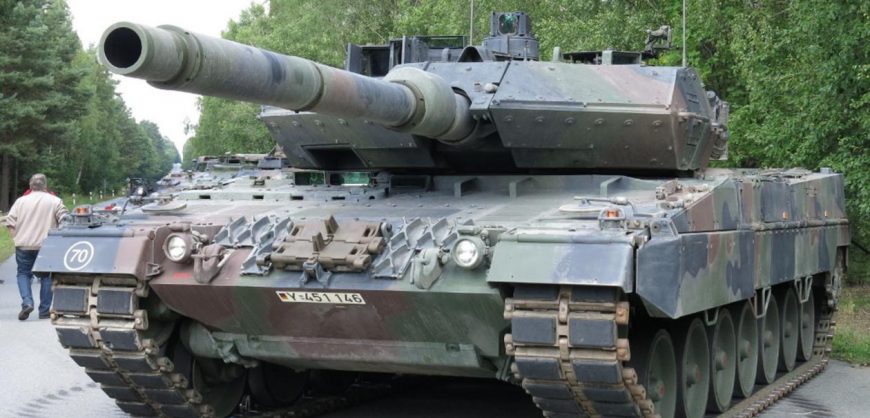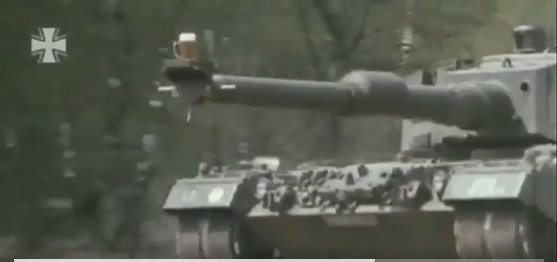Germany’s Leopard 2 main battle tank has a reputation as one of the finest in the world, competing for that distinction with proven designs such as the American M1 Abrams and the British Challenger 2. However, that reputation for nigh-invincibility has faced setbacks on Syrian battlefields, and placed Berlin in a uniquely awkward national-level dispute with Turkey, its fellow NATO member.
Ankara had offered to release a German political prisoner in exchange for Germany upgrading the Turkish Army’s older-model Leopard 2A4 tank, which had proven embarrassingly vulnerable in combat. However, on January 24, public outrage over reports that Turkey was using its Leopard 2s to kill Kurdish fighters in the Syrian enclaves of Afrin and Manbij forced Berlin to freeze the hostage-for-tanks deal.
The Leopard 2 is often compared to its near contemporary, the M1 Abrams: in truth the two designs share broadly similar characteristics, including a scale-tipping weight of well over sixty tons of advanced composite armor, 1,500 horsepower engines allowing speeds over forty miles per hour and, for certain models, the same forty-four-caliber 120-millimeter main gun produced by Rheinmetall.
Both types can easily destroy most Russian-built tanks at medium and long ranges, at which they are unlikely to be penetrated by return fire from standard 125-millimeter guns. Furthermore, they have better sights with superior thermal imagers and magnification, that make them more likely to detect and hit the enemy first—historically, an even greater determinant of the victor in armored warfare than sheer firepower. A Greek trial found that moving Leopard 2s and Abramses hit a 2.3-meter target nineteen and twenty times out of twenty, respectively, while a Soviet T-80 scored only eleven hits.
Read more HERE








































